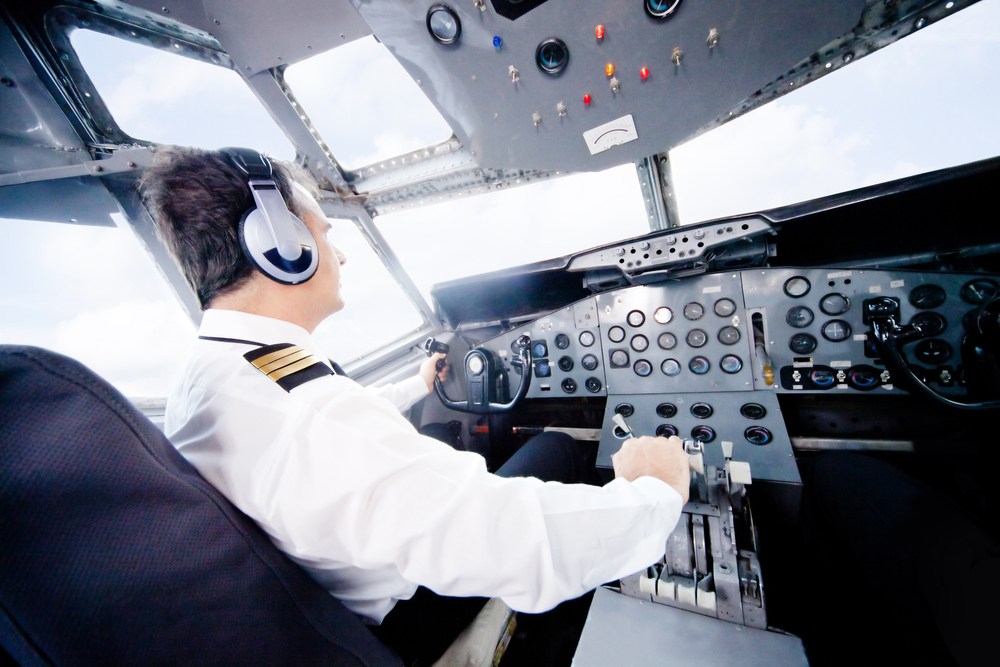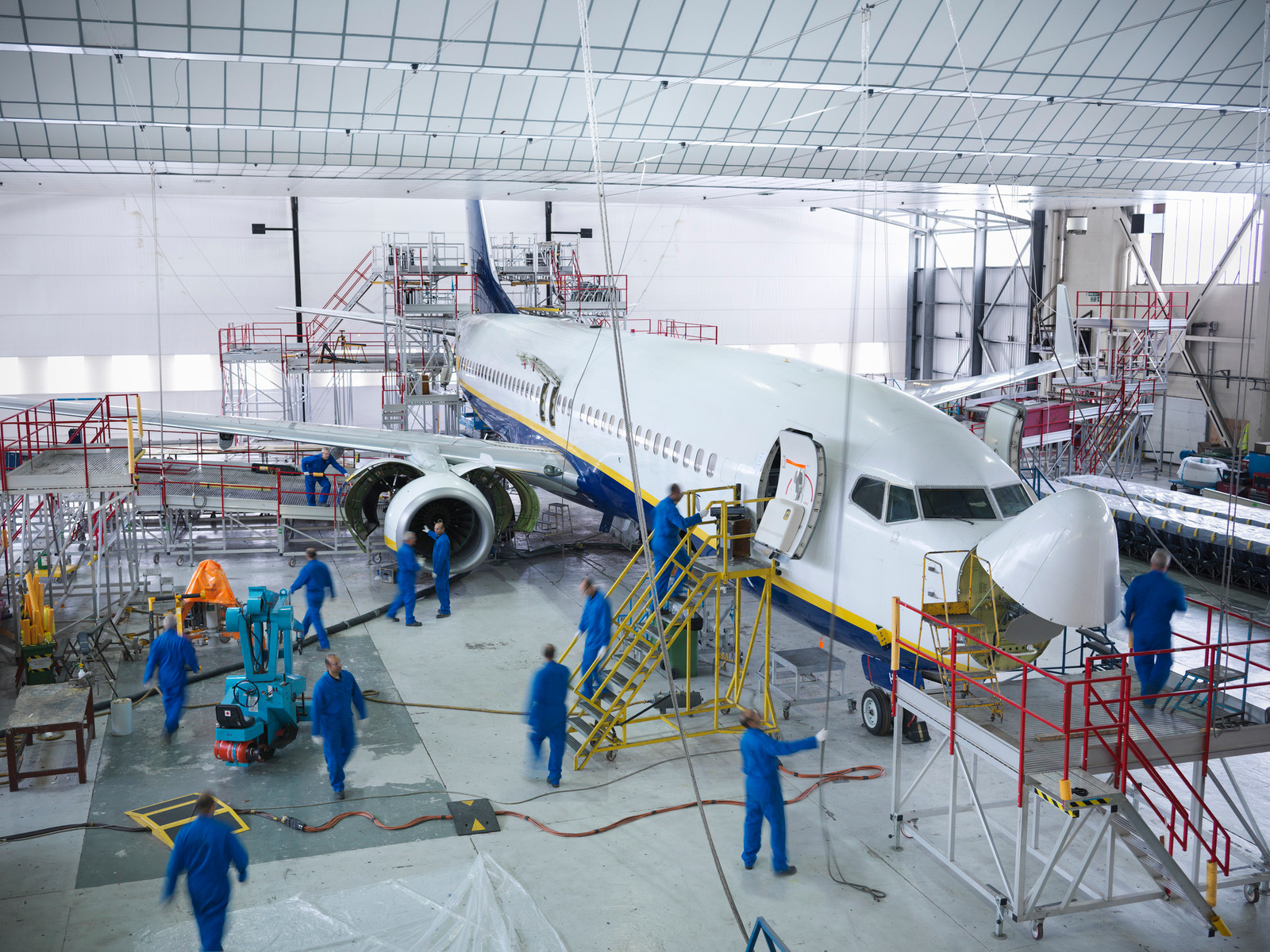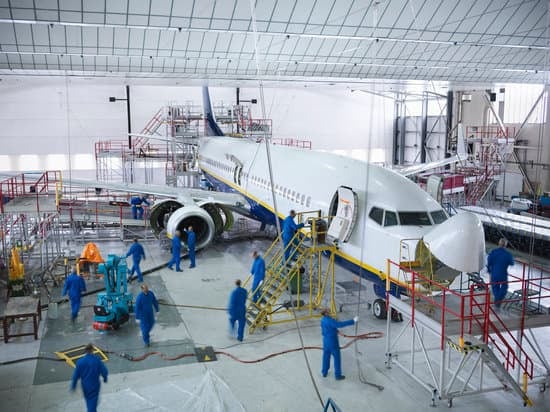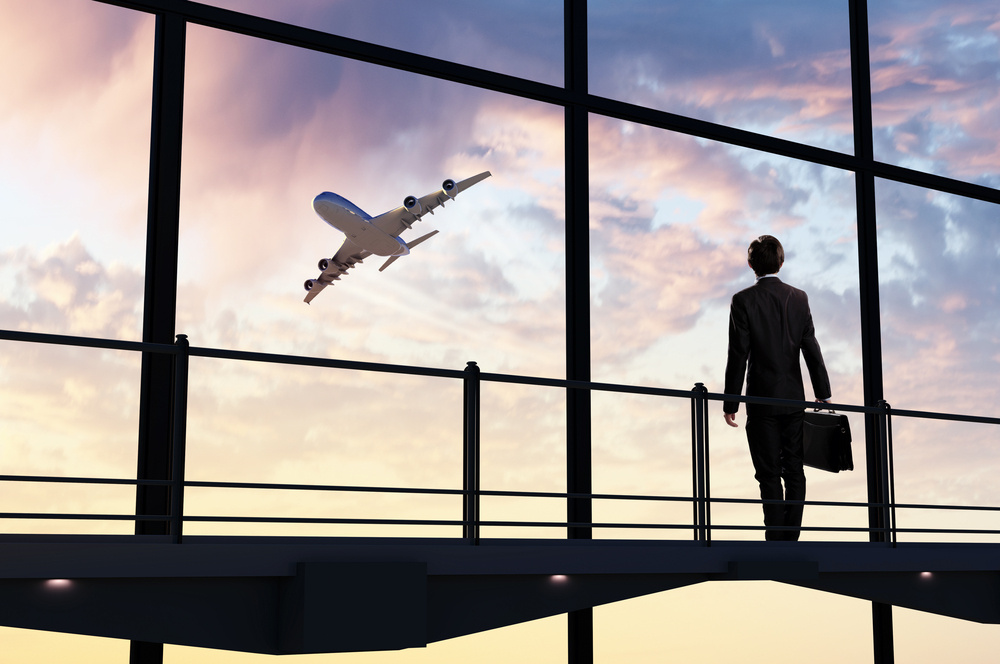Post-COVID Evolution of Aircraft Sales and Fleet Management: More Planes, More Flying, More MRO

Aircraft sales and fleet management have always been closely tied together and both have overcome numerous obstacles over the past several years to reach pre-pandemic levels with plenty of growth forecasted over the next decade as aviation takes off again.
“By the beginning of this year, global aviation had recovered much of the territory it lost to the COVID-19 pandemic — despite 2022’s widespread labor shortages, the Russian invasion of Ukraine, COVID-19 lockdowns in China, inflation, and dysfunctional supply chains,” said the OliverWyman “Global Fleet and MRO Market Forecast 2023-2033”. “The global fleet is at 98 percent of where it was pre-pandemic, airlines are returning to profitability, and aerospace manufacturers are gearing up for their most productive years yet.”
Meanwhile, the report said that aviation’s global aftermarket, which provides maintenance, repair, and overhaul (MRO) services to keep the fleet flying, will expand by 18 percent in 2022.
“It’s anticipated to grow 22 percent this year, topping $94 billion — a mere 2 percent below its 2019 peak. By 2033, it will reach $125 billion — a compound annual growth rate of 2.9 percent,” read the report summary. “Meanwhile, we expect a record number of aircraft deliveries over the next 10 years, despite current supply chain constraints that will make it hard to meet this year’s targets.”
Aircraft sales and fleet management growth is being driven by the return to air travel around the world.
“Total global capacity for the year has not quite recovered to the levels seen pre-pandemic (it's expected to finish up at 5.5bn, which will be 3.7 percent down on 2019), but strides were made in 2023 as those countries still maintaining travel restrictions through 2022 started to ease the rules,” reported OAG Aviation Worldwide Limited. “The overall theme of this year's airline data is one of growth and recovery, and while we hope soon to be in a position to stop comparing to 2019, the data will always tell a story.”
Aircraft Sales: Commercial Fleet to Expand by 33 percent
The OliverWyman report predicts that the worldwide commercial aviation fleet will expand 33 percent to over 36,000 aircraft by 2033 — a compound annual growth rate of 2.9 percent.
“Today the fleet numbers almost 27,400, just short of its size in January 2020 — the last month before COVID-19 changed the economy and everyday lives around the globe,” said the Global Fleet and MRO Market Forecast 2023-2033 report released in February 2023.
Hurdles the Aviation Industry Must Overcome
The OliverWyman report says there are still hurdles over the next decade that must be overcome for aircraft sales and fleet management to grow successfully.
Obstacles include:
- Labor Shortages: The tight labor market includes potentially severe shortfalls of commercial airline pilots and aircraft mechanics in North America. Gaps could be as big as 18 percent for pilots and 14 percent for mechanics.
OliverWyman: “The gap between the number of pilots needed and those available has already led to reductions in service to less popular and more rural destinations and has hit regional airlines hardest … because so many aviation jobs are critical to operations, any ongoing shortage can eventually result in the industry’s growth being limited not by a lack of demand but by supply constraints.” - Production Delays: Lead time on some aviation parts has stretched to more than a year, mostly because of the above mentioned labor shortages. Once aircraft makers ramp up production to meet new delivery demands, expect even more supply chain snafus.
OliverWyman: “Some of their biggest suppliers have already suggested the elevated production may be beyond what they and the rest of the supply chain can handle.”
- Rising Operating Costs: Another domino falling because of labor shortages and the resulting production delays, along with worldwide inflation, is higher operating costs.
OliverWyman: “The price increases have touched everything from jet fuel and salaries to aircraft parts, putting pressure on airline earnings in 2022. - Sustainability Pressure: OliverWyman says another issue to watch over the next decade is aviation’s role in climate change and greenhouse gas emissions. Sustainability is becoming the target of legislation around the world.
OliverWyman: “While it has been overshadowed by more immediate pressures like COVID-19, labor shortages, and the supply chain, it will likely become a more important issue for aviation to tackle as the decade progresses.”
- Geopolitical Tensions: Civil unrest and geopolitical tensions around the world between nation states – such as the Russian invasion of Ukraine – are never good for aviation as industry craves calm skies.
Despite these obstacles, OliverWyman forecasts the following growth over the next decade:
- Narrowbody: 16,369 in 2023 to 23,364 in 2033.
- Widebody: 5,522 in 2023 to 6,884 in 2033.
- Regional jet: 3,254 in 2023 to 3,538 in 2033.
- Turboprop: 2,240 in 2023 to 2,519 in 2033.
- Total fleet: 27,385 in 2023 to 36,305 in 2033.
MRO Market to Grow as More Planes Take Flight
OliverWyman says the math is simple: more planes, more flying, more MRO.
The MRO forecast for the next decade:
- Airframe: $19.3 billion in 2023 to $21.6 billion in 2033.
- Engine: $43 billion in 2023 to $63.4 billion in 2033.
- Component: $18.5 billion in 2023 to $22.8 billion in 2033.
- Line: $13.1 billion in 2023 to $17.5 billion in 2033.
- Overall MRO: $93.9 billion in 2023 to $125.3 billion in 2033.
MRO growth is projected to grow fastest in India (12.4 percent), Eastern Europe (7.1 percent), China (6.9 percent), the Middle East (4.9 percent), Africa (3.9 percent), and Latin America (3.0 percent).
Asia Pacific and North America are both projected at a more modest 1.8 percent growth with Russia at 1.1 percent and Western Europe a near stagnant 0.2 percent.
“While this represents a solid recovery, the MRO market faces challenges after three rocky years of pandemic, an overwhelmed supply chain, inflation, and the Russian war against Ukraine. Like the rest of the global economy, the MRO sector struggles with labor shortages and supply chain disruptions — two major capacity constraints just as deferred maintenance comes due on fleets back in service,” said OliverWyman.
OliverWyman sees the following strains on the MRO sector:
- Labor Shortages: A shortfall of some 12,000 aircraft mechanics was projected last year – a shortfall that should peak in 2027 when there could be a gap of 40,000+ mechanics.
- Supply Chain Woes: Raw materials for MRO have been hard to come by and the entire aviation industry has faced inflation and fuel price pressure. Expect airlines and MROs to salvage parts and reduce costs to stay competitive.
“Aircraft utilization is a primary driver of demand for MRO services — except for airframe maintenance that typically corresponds to calendar checkups. The engine, component, and line segments are tied to the hours flown and cycles aircraft operate,” said the OliverWyman report. “That means that market size and growth largely depend not only on the number of aircraft in service, but also on how these aircraft are being operated. But while utilization per individual aircraft has grown faster than the fleet, the recovery in total flight hours and cycles has still lagged fleet recovery and utilization, which translates into a slower MRO comeback.”



